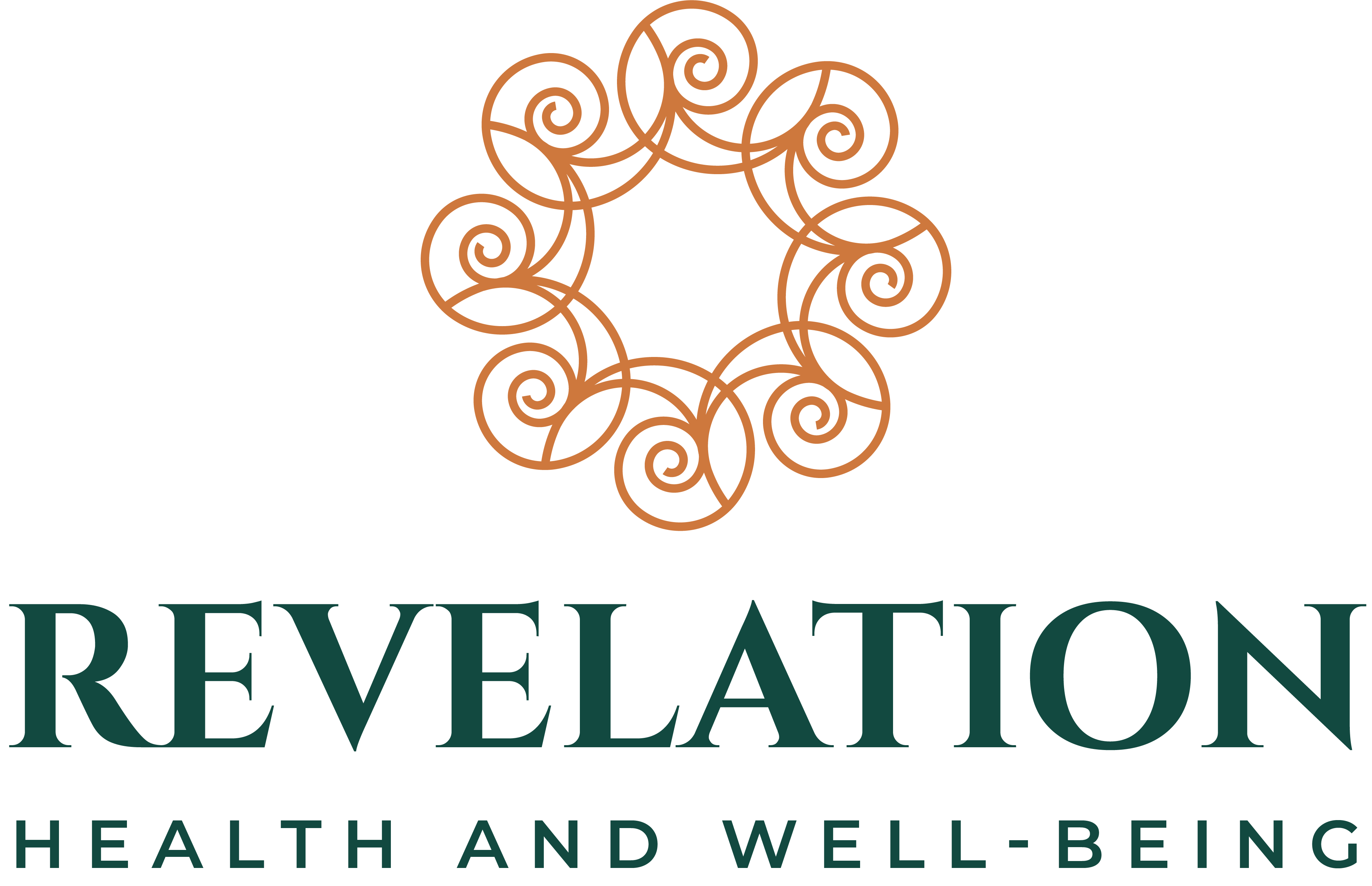Thanksgiving is a time for gathering with loved ones, expressing gratitude, and, of course, indulging in a delicious feast. But with all the tempting treats and festive cheer, it’s easy to overindulge and derail your healthy habits.
This year, let’s approach Thanksgiving with a mindful and balanced perspective, embracing the joy of the holiday while prioritizing our well-being. Here’s a functional medicine guide to help you navigate the Thanksgiving feast and emerge feeling nourished and energized, not stuffed and sluggish.
The Thanksgiving Calorie Bomb: A Reality Check
Did you know that the average person consumes a whopping 4,500 calories on Thanksgiving Day? That’s more than twice the recommended daily intake for many adults! With all the turkey, stuffing, mashed potatoes, gravy, pie, and festive drinks, it’s no wonder we often feel uncomfortable and regretful after the big meal.
Mindful Eating Strategies for a Healthier Thanksgiving
- Plan Your Plate: Before you dive into the buffet, take a moment to visualize your ideal plate. Prioritize lean protein (turkey), colorful vegetables, and healthy fats. Be mindful of portion sizes, especially with calorie-dense dishes like stuffing and mashed potatoes.
- Hara Hachi Bu: Embrace the Japanese concept of “hara hachi bu,” which means eating until you’re 80% full. This allows your body time to register fullness and prevents overeating.
- The 20-Minute Rule: If you’re considering going back for seconds, wait 20 minutes. This allows your satiety hormones to kick in and helps you make a more conscious decision about whether you truly need another helping.
- Hydrate: Drink plenty of water throughout the day and during the meal. This helps with digestion, promotes fullness, and can prevent overeating.
- Choose Wisely: Opt for dishes made with whole, unprocessed ingredients. Consider healthier alternatives to traditional recipes, like cauliflower mash instead of mashed potatoes or roasted vegetables instead of candied yams.
Beyond the Feast: Movement and Connection
Thanksgiving isn’t just about the food; it’s about connecting with loved ones and creating lasting memories. Here are some ways to incorporate movement and meaningful interactions into your holiday:
- Post-Meal Walks: Gather the family for a leisurely stroll after dinner to aid digestion and enjoy some fresh air.
- Active Games: Organize a game of flag football, a friendly competition of tag, or a scavenger hunt to get everyone moving and laughing.
- Meaningful Conversations: Take the time to connect with loved ones on a deeper level. Share stories, reminisce about past holidays, and express your gratitude for the people in your life.
Navigating Social Dynamics and Stress
The holidays can be a stressful time for some, especially when navigating complex family dynamics or dealing with grief or loss. Remember to:
- Set Boundaries: It’s okay to politely decline conversations or activities that may trigger stress or discomfort.
- Practice Self-Care: Prioritize activities that help you relax and recharge, such as meditation, spending time in nature, or listening to calming music.
- Offer Support: Be mindful of those who may be struggling and offer a listening ear or a helping hand.
A Mindful Thanksgiving for a Healthier You
Thanksgiving can be a joyous and nourishing experience, both physically and emotionally. By approaching the holiday with mindfulness, prioritizing healthy choices, and focusing on connection and gratitude, you can create a truly fulfilling and memorable celebration.
Want more tips for a healthy and happy Thanksgiving? Listen to the full Rev Up Health podcast episode on this topic!

